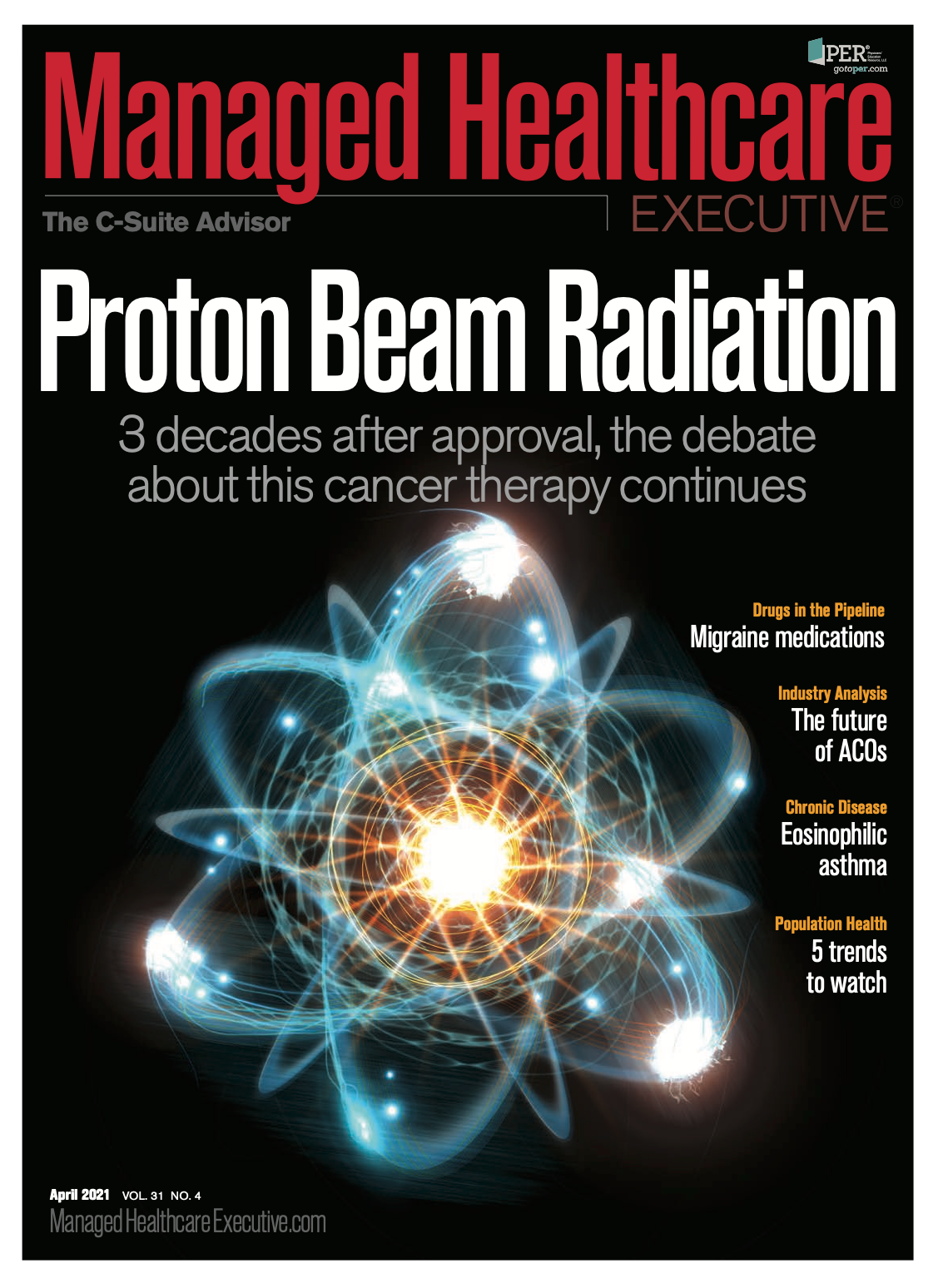A Faster Path to Medicare Coverage for Devices May Get Slower. Or Vanish Altogether
The Biden administration put a hold on the new and pending rule changes that the outgoing Trump administration made, so whether the Medicare Coverage of Innovative Technology pathway will ever take effect is uncertain. But many providers and payers — and presumably most device makers — are keeping a close watch on the fate of the pathway.
The Biden administration put a hold on the new and pending rule changes that the outgoing Trump administration made, so whether the Medicare Coverage of Innovative Technology pathway will ever take effect is uncertain. But many providers and payers — and presumably most device makers — are keeping a close watch on the fate of the pathway.
Supporters see it as speeding the adoption of new devices and cutting through a cumbersome CMS coverage process. Detractors, including the authors of an opinion piece published in the New England Journal of Medicine last in March, say the pathway would increase Medicare spending by billions of dollars on devices of uncertain value.
The authors of the NEJM piece, which include Joseph S. Ross, M.D., the vice chair of CMS’ Medicare Evidence Development and Advisory Committee, propose instead more FDA and CMS collaboration and a greater emphasis on premarket and postmarketing studies.
CMS covers a device if it deems it “reasonable or necessary” for treating or diagnosing a disease. Some coverage decisions are made at the national level. Others are left to Medicare Administrative Contractors, the private insurers who process claims for CMS. If implemented, the pathway would guarantee up to four years of Medicare coverage of devices approved under the FDA’s Breakthrough Devices Program. Ross and his colleagues leveled some of the same criticisms against the Breakthrough Device Program that critics have of the agency’s breakthrough programs for drugs: the studies are short; the endpoints, surrogates; and the postmarking studies, not completed for years if at all.
More than 400 devices have been awarded breakthrough status because, say the critics, the bar has been set low. Ross and his co-authors say making Medicare coverage automatic for breakthrough devices under this Medicare coverage pathway could “place tremendous financial strain on the Medicare program.”
The Biden administration has not signaled how it wants to approach drug and device regulation. Even so, a greenlight for the Medicare Coverage of Innovative Technology pathway seems unlikely. Perhaps the administration will make some of the modifications that Ross and his colleagues suggest.

Optimize Your Healthcare Payments with Optum Financial
April 29th 2025Discover how Optum Financial is revolutionizing healthcare payments in our latest whitepaper. Learn how transitioning to electronic payments can reduce administrative costs, streamline claims processing and enhance security.
Read More
Conversations With Perry and Friends
April 14th 2025Perry Cohen, Pharm.D., a longtime member of the Managed Healthcare Executive editorial advisory board, is host of the Conversations with Perry and Friends podcast. His guest this episode is John Baackes, the former CEO of L.A. Care Health Plan.
Listen
Healthcare hasn't been a priority of the second Trump administration so far, panelists at the Asembia agreed. Medicaid may loom large, though, as the administration and congressional Republicans look for ways to slash government spending as a way of offsetting major tax cuts.
Read More
Breaking Down Health Plans, HSAs, AI With Paul Fronstin of EBRI
November 19th 2024Featured in this latest episode of Tuning In to the C-Suite podcast is Paul Fronstin, director of health benefits research at EBRI, who shed light on the evolving landscape of health benefits with editors of Managed Healthcare Executive.
Listen
What 5 Managed Care Trends Experts Say You’re Not Watching Closely Enough
April 29th 2025Managed Healthcare Executive asked several experts in healthcare and managed care to share the trends they think the industry is overlooking. From rising costs and data challenges to shifts in how care is delivered, these are the issues that could have a major impact — and deserve a closer look.
Read More





















